World Menopause Day: Understanding the silent cardiovascular changes after menopause
Sun 19 Oct 2025, 01:15:51
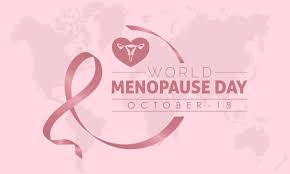
When most women think of menopause, what comes to mind are hot flashes, mood swings, and sleepless nights. But as Dr Shweta Mendiratta, Associate Clinical Director & Head – Obstetrics & Gynaecology at Marengo Asia Hospitals, Faridabad, explains, there’s another, quieter transformation happening inside the body.
“Beyond marking the end of fertility, menopause is also a turning point in a woman’s cardiovascular health,” says Dr Mendiratta. “As estrogen levels fall, so does a natural layer of protection that shields the heart.”
The hormone-heart link: what really happens
For years, estrogen has been a silent guardian of women’s hearts, helping maintain healthy cholesterol, flexible arteries, and smooth blood flow. When estrogen levels dip during menopause, that protective effect begins to fade.
“Estrogen influences how fat is distributed,” explains Dr Mendiratta. “Before menopause, women usually store fat around the hips and thighs, which is less harmful. But after menopause, fat shifts to the abdomen, which we call visceral or belly fat, which is closely linked with insulin resistance, diabetes, and high triglycerides.”
This shift, combined with reduced estrogen, increases the risk of plaque buildup in the arteries (atherosclerosis), which can eventually lead to heart attacks or strokes.
Why women’s heart health often goes unnoticed
For decades, heart disease has been stereotyped as a ‘man’s illness.’ Yet, globally, cardiovascular disease is the leading cause of death among women, more than all cancers combined.
Part of the problem lies in how differently symptoms show up.
“Women may not get the classic crushing chest pain,” Dr Mendiratta says. “Instead, they might feel jaw or neck discomfort, dizziness, nausea, or unusual fatigue, symptoms that are easily mistaken for stress or ageing.”
Add to that the invisible load women carry in midlife, managing
families, careers, and caregiving, often at the cost of their own rest and nutrition. “This lifestyle stress worsens the biological stress caused by lower estrogen,” she adds.
families, careers, and caregiving, often at the cost of their own rest and nutrition. “This lifestyle stress worsens the biological stress caused by lower estrogen,” she adds.
What can women do to protect their hearts?
The good news is that much of this risk can be managed, or even prevented, with the right awareness and routine care.
1. Prioritise annual heart check-ups
After 45, women should have yearly screenings for blood pressure, cholesterol, blood sugar, and BMI, even if they’ve never had heart issues before.
2. Eat smart
A diet rich in fibre, leafy vegetables, seasonal fruits, whole grains, and omega-3 fatty acids can help balance hormones and keep arteries healthy.
3. Move daily
“Exercise is non-negotiable,” stresses Dr Mendiratta. Brisk walking, yoga, and light strength training improve blood flow, strengthen the heart, and boost mood, all crucial during hormonal transitions.
4. Manage stress consciously
Menopause can amplify emotional ups and downs. Deep breathing, meditation, and scheduled downtime can protect both hormonal and heart health.
5. Discuss hormone therapy with your doctor
Hormone replacement therapy (HRT) can, in some cases, support heart and bone health when used under medical supervision, especially during early menopause. It’s not for everyone, but it’s worth an informed discussion.
A new way to think about midlife
Menopause is often seen as the end of youth, but in truth, it’s the beginning of a new chapter of health awareness. “It’s time we treat menopause not just as a reproductive milestone but as a cardiovascular one,” says Dr Mendiratta.
Her final message is simple yet powerful: “Your hormones may shift, but your power to protect your heart never should. With awareness, regular checks, and small lifestyle corrections, your post-menopausal years can be not only longer but healthier, too.”
No Comments For This Post, Be first to write a Comment.
Most viewed from Health
AIMIM News
Latest Urdu News
Most Viewed
May 26, 2020
Where should be the burial of the pilgrims martyred in the Saudi Arabia bus accident?
Latest Videos View All
Like Us
Home
About Us
Advertise With Us
All Polls
Epaper Archives
Privacy Policy
Contact Us
Download Etemaad App
© 2025 Etemaad Daily News, All Rights Reserved.



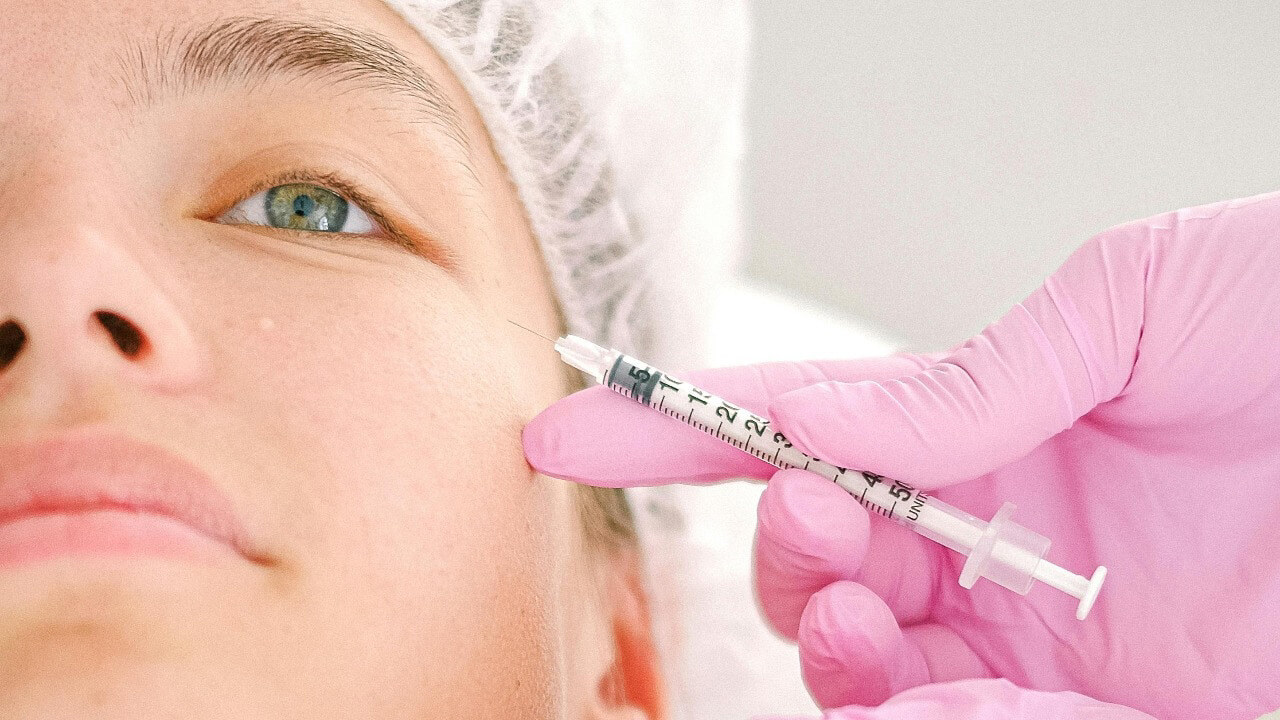


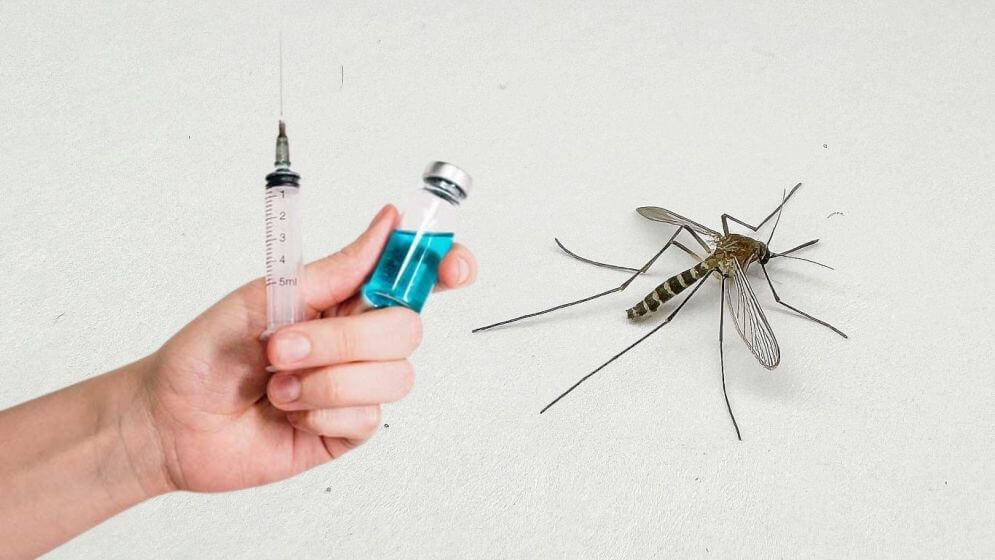
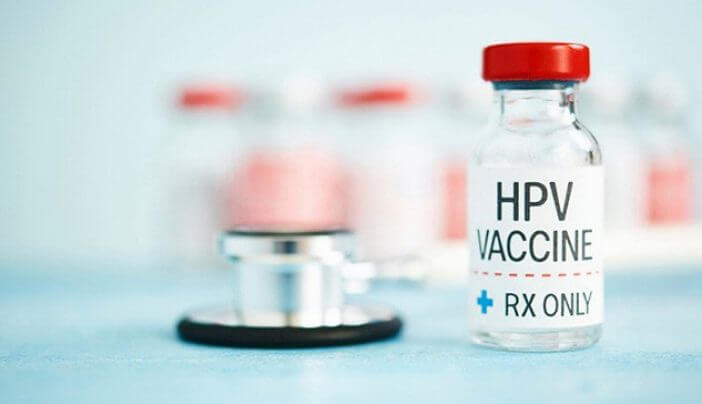

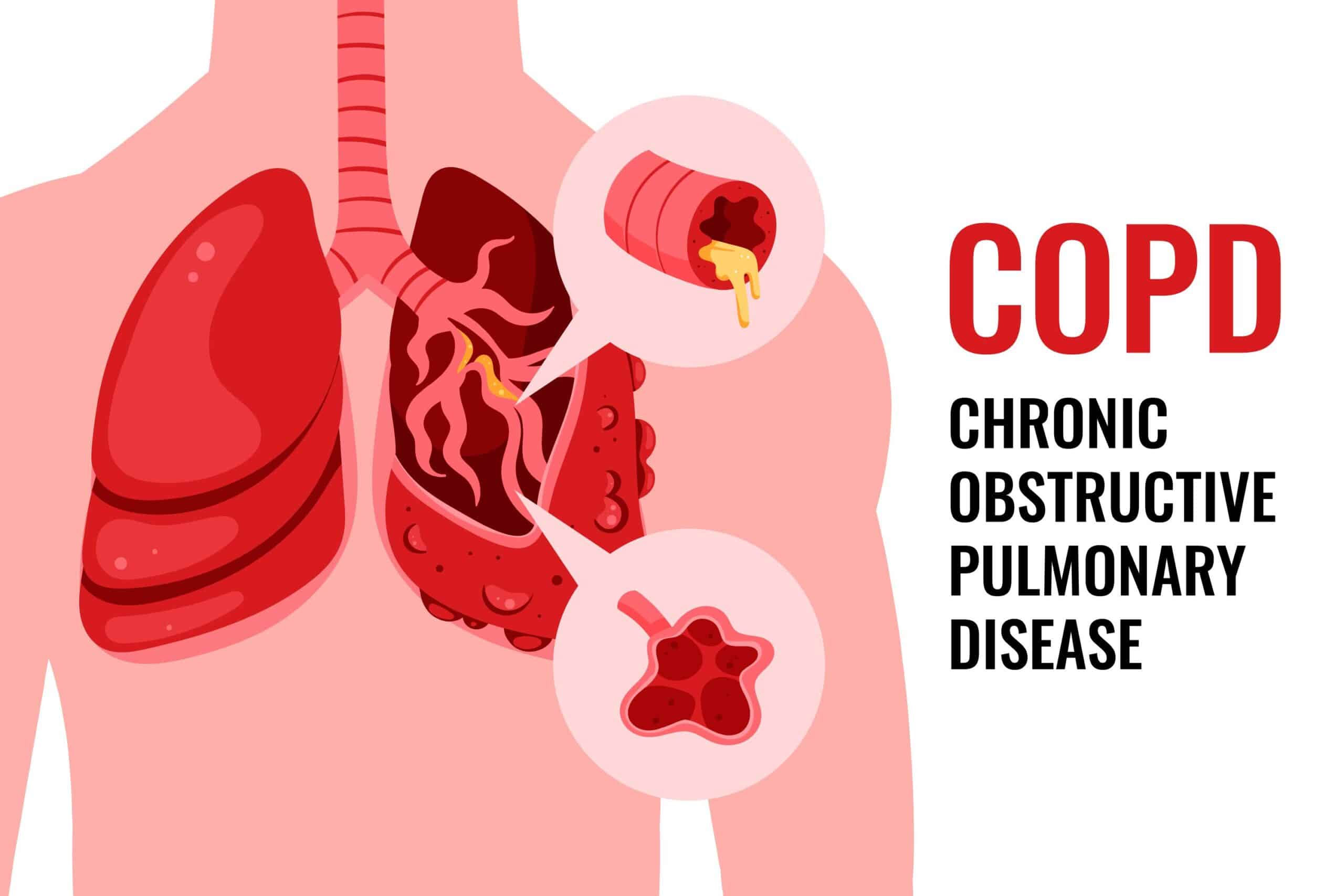


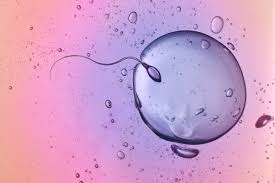







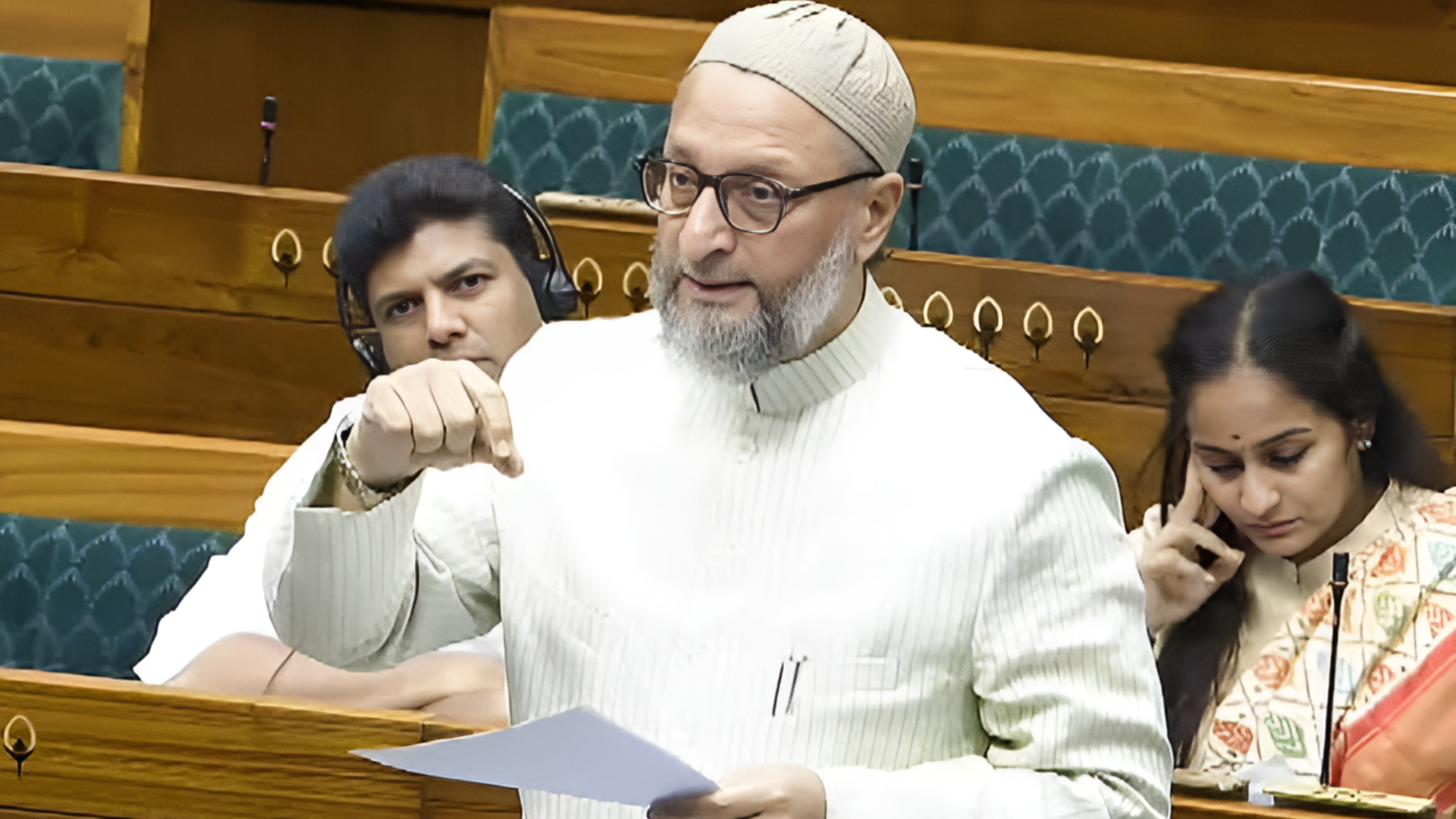




.jpg)
.jpg)
.jpg)


